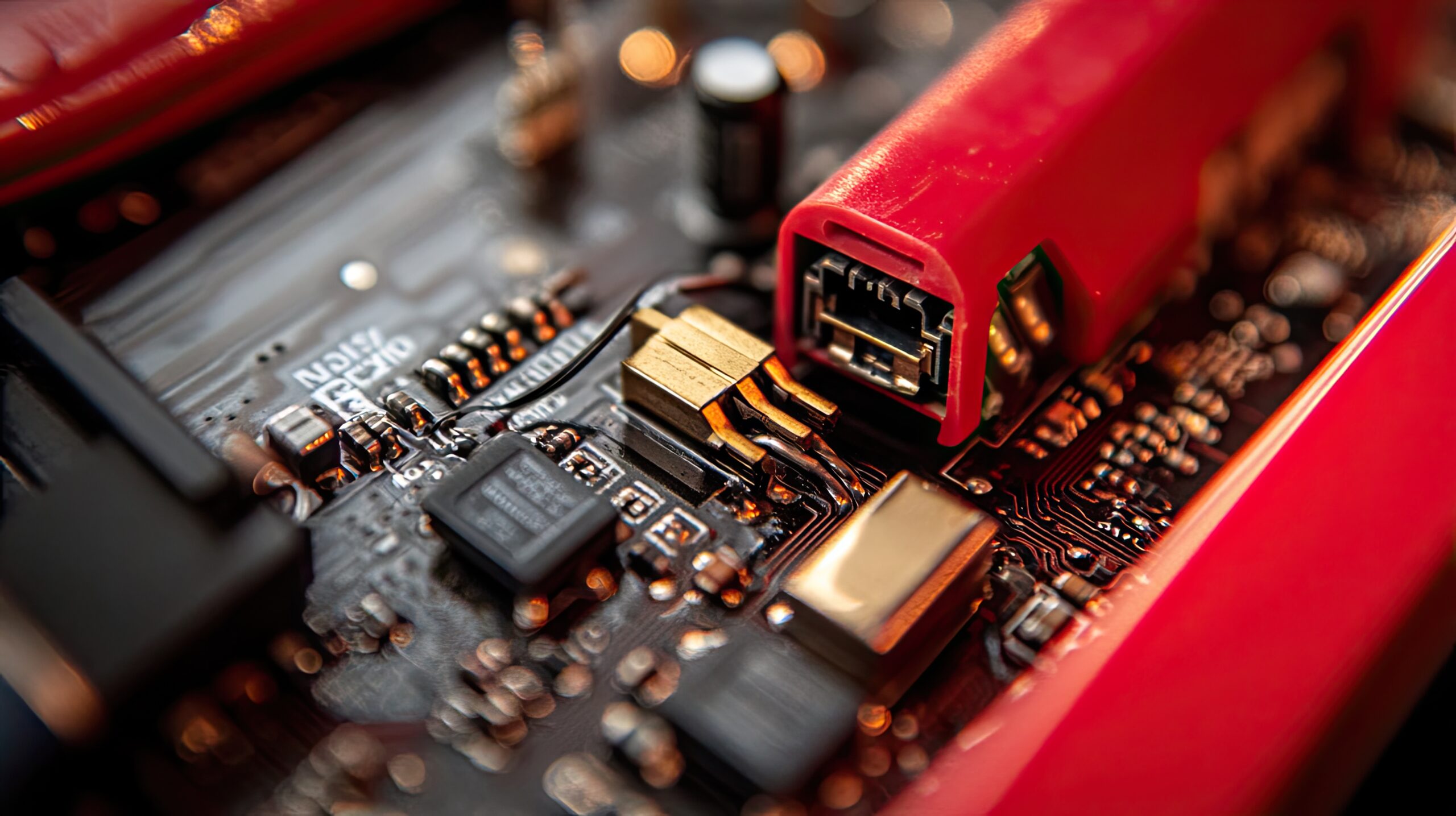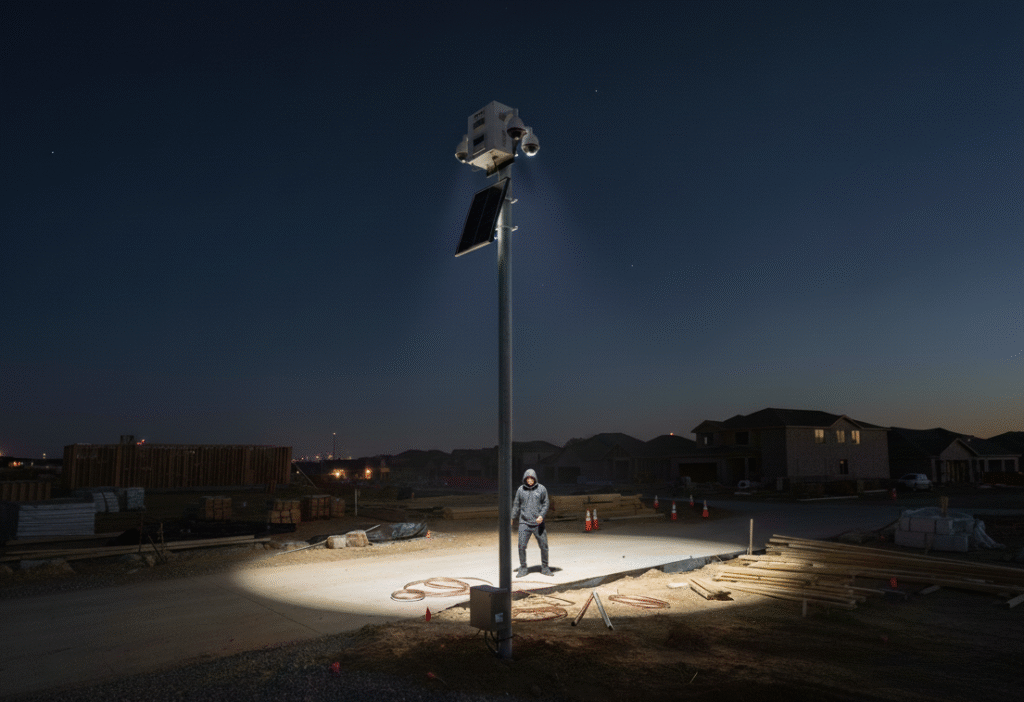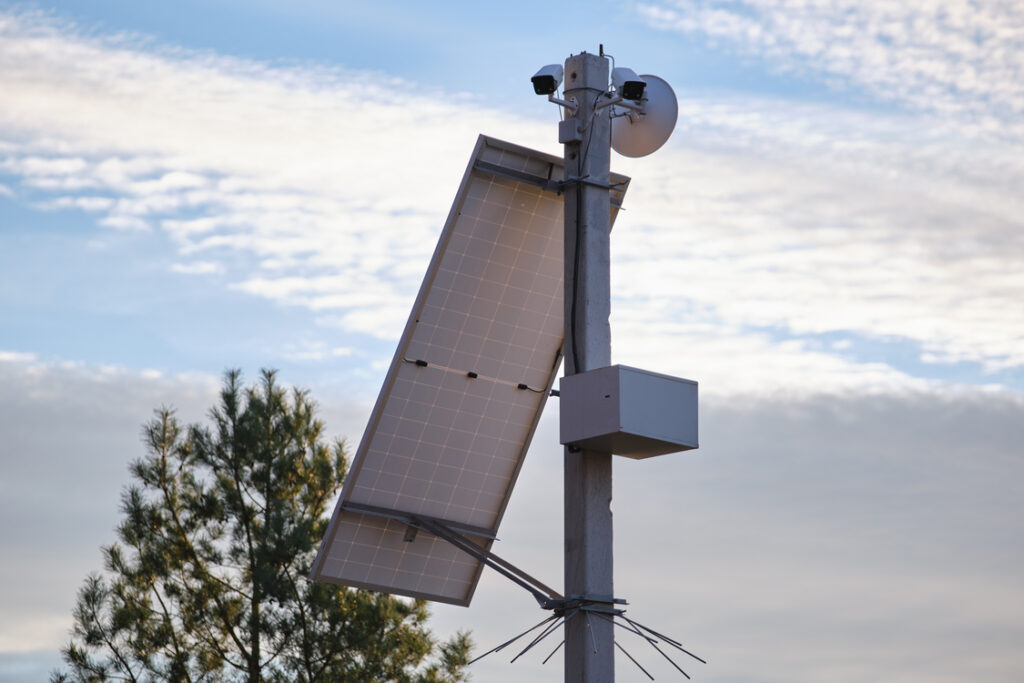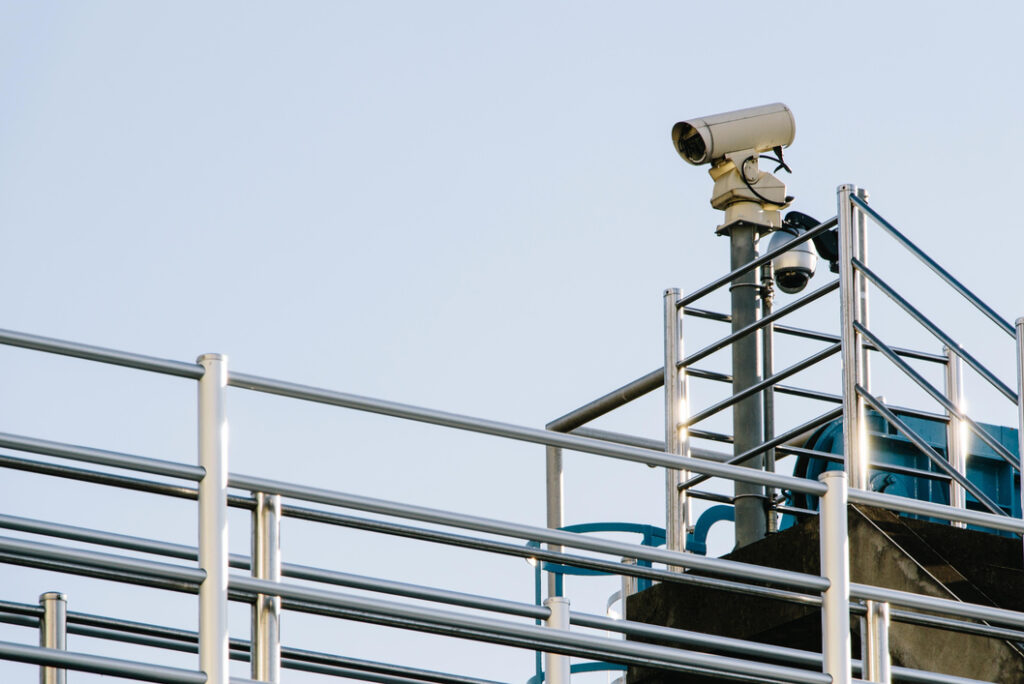Security cameras have evolved dramatically. What started as simple video recording devices has transformed into sophisticated, intelligent systems that do far more than capture footage. Professional-grade security cameras today incorporate artificial intelligence, thermal imaging, automated tracking, active deterrents, and remote communication capabilities that would have seemed like science fiction just a decade ago. Yet many contractors still don’t realize what’s actually available. They purchase basic camera systems and accept their limitations, unaware that professional-grade alternatives fundamentally change how security operates on a jobsite. The difference between a basic camera system and a professional one isn’t just better image quality—it’s the difference between passive recording and active protection, between reactive response and predictive deterrence. Understanding what professional cameras can actually do is essential for making informed decisions about jobsite security.
AI-Powered Analytics: Intelligent Detection Beyond Motion
The most significant advancement in professional security cameras is artificial intelligence. While basic cameras trigger alerts on any motion—wind-blown trees, falling leaves, shadows—professional-grade AI cameras understand context.
Object Classification and Detection
Professional AI security cameras can detect and classify objects in a scene, distinguishing between humans, vehicles, and other objects. Advanced systems can even analyze object types, reducing false alarms by up to 90%. For construction sites, this means alerts only when actual intruders approach.
Behavioral Analysis
AI cameras analyze behavior patterns, recognizing suspicious activities, such as picking up items and placing them in a pocket, triggering alerts intelligently.
License Plate & Facial Recognition
AI systems can capture license plates and match faces against watch lists, automatically documenting who arrives on-site—essential for vendor and subcontractor management.
Scene Change Detection & Metadata
AI learns what “normal” looks like and alerts for abnormal changes, such as stolen equipment or unauthorized activity. Metadata transforms raw video into searchable intelligence for fast investigations.
PTZ Cameras: Flexible Coverage and Automated Tracking
Fixed cameras have a single field of view; PTZ (pan-tilt-zoom) cameras can move mechanically to cover wide areas.
- Coverage Efficiency: One PTZ camera can cover the same area as multiple fixed cameras.
- Optical Zoom: Maintains image quality over long distances, crucial for identifying intruders.
- Automated Tracking: Tracks people or vehicles automatically.
- Guard Tour Function & Remote Control: Cameras patrol preset zones or can be controlled remotely via office or mobile device.
Thermal Imaging & FLIR: Seeing Through Darkness and Obscuration
Thermal cameras detect heat rather than light, allowing visibility in total darkness, fog, or smoke.
- Superior Night Vision: Continuous detection, even in harsh environments.
- Distance Capability: Can detect humans and vehicles from hundreds of meters away.
- Dual Sensor Systems: Combine thermal and visible-light imaging for enhanced security.
- Construction Applications: Ideal for perimeter fencing, equipment protection, and nighttime security.
Night Vision and Infrared: Enhanced Low-Light Performance
- Smart IR Illumination: Adjusts LED power automatically for clear images at varying distances.
- Extended Range: Cameras can see up to 300 meters in complete darkness.
- Color Night Vision: Captures full-color images at night for better identification.
Two-Way Audio: Remote Communication and Deterrence
Built-in microphones and speakers allow real-time communication:
- Talk-Down Capability: Security operators can directly address intruders.
- Real-Time Response: Stops incidents immediately rather than reviewing footage later.
- Subcontractor Communication: Coordinates legitimate access without needing on-site personnel.
Active Deterrents: From Passive Recording to Active Protection
- Siren and Strobe Integration: Deterrent alerts with sirens up to 100 dB and flashing lights.
- Intelligent Activation: AI ensures only humans or vehicles trigger alarms.
- Customizable Responses: Tailor alerts to time, object type, or perimeter location.
Edge AI: Local Processing for Efficiency
- Bandwidth Efficiency: Only relevant video data is transmitted, saving network and storage.
- Smart Coding: Important objects get high-quality streaming, background objects less.
Edge AI is essential for remote jobsite monitoring where connectivity may be limited.
Integration with Other Security Systems
- System Integration: Connect with alarms, access control, and sensors.
- Automated Response: Cameras can trigger alarms, locks, and notifications simultaneously.
- Searchable Intelligence: Metadata allows fast searches by object type, location, or time.
Professional vs. Basic Cameras
Basic cameras record; professional cameras transform security:
- Intelligent threat detection
- Automated tracking
- Thermal imaging
- Real-time two-way communication
- Active deterrence
- Edge processing
- Integration with security infrastructure
Professional systems cost more but provide proactive protection, not just passive monitoring. Learn more about our products and solutions.
Best Practices for Leveraging Professional Camera Technology
- Deploy Strategic Combinations: Fixed for detailed coverage, PTZ for wide monitoring.
- Configure AI Analytics Appropriately: Tailor detection parameters to your site.
- Integrate with Monitoring Service: Human verification enhances AI alerts.
- Leverage Two-Way Audio: Actively communicate with intruders or staff.
- Use Active Deterrence Strategically: Sirens/strobes for after-hours or specific events.
- Monitor System Health: Track camera function to avoid blind spots or failures.
For more information on services, products, and pricing visit our site.
Conclusion
Professional security cameras are no longer just “nice-to-have” devices—they are essential tools for modern construction site safety. With AI-powered analytics, PTZ coverage, thermal imaging, two-way communication, active deterrents, and edge processing, these systems prevent theft, reduce vandalism, and enhance operational efficiency. By integrating these solutions with monitoring services, construction managers can protect assets proactively, even at the most remote sites. Investing in professional security cameras is an investment in safety, efficiency, and peace of mind.




